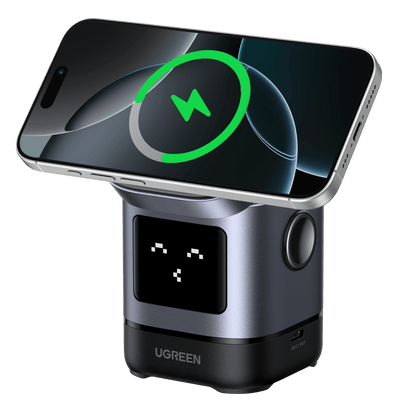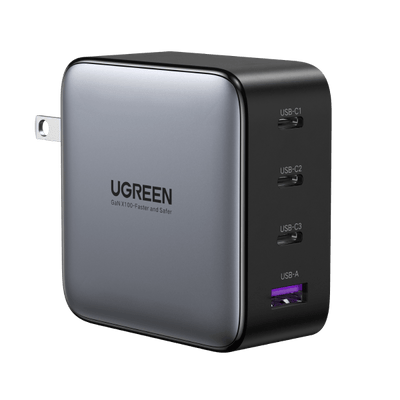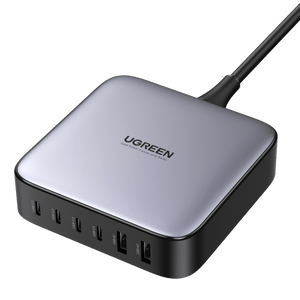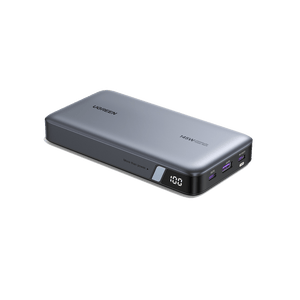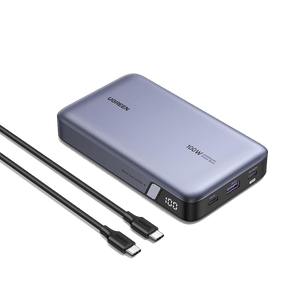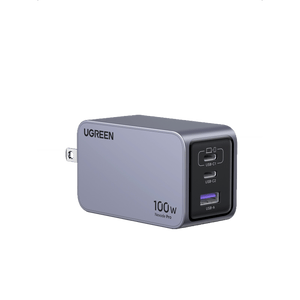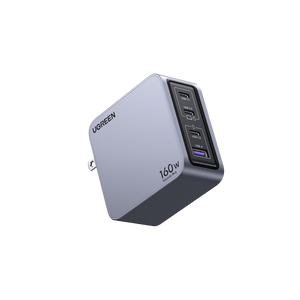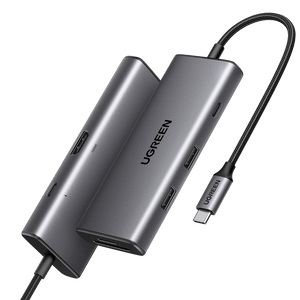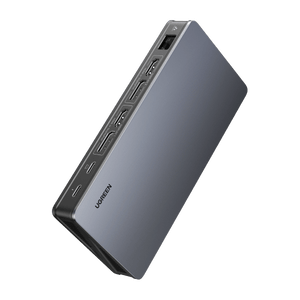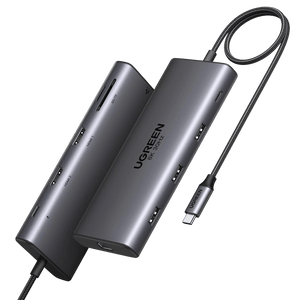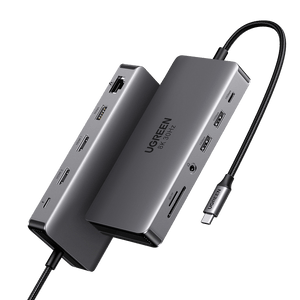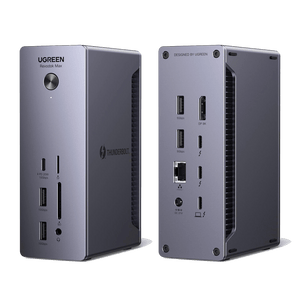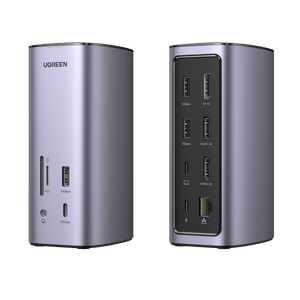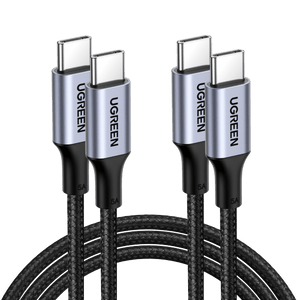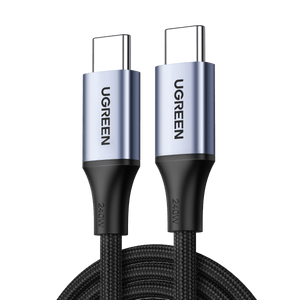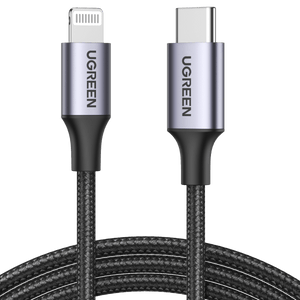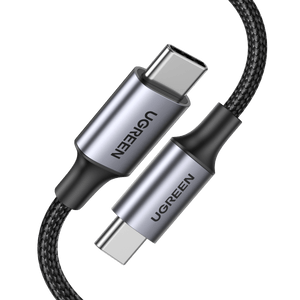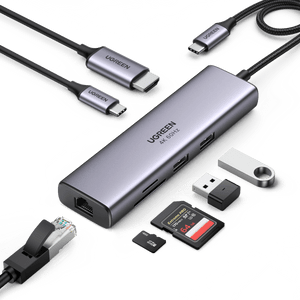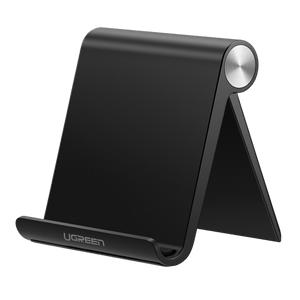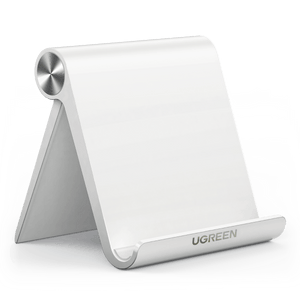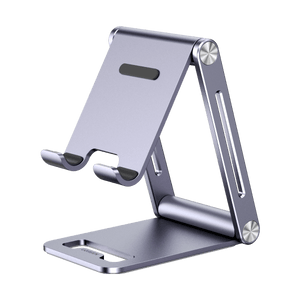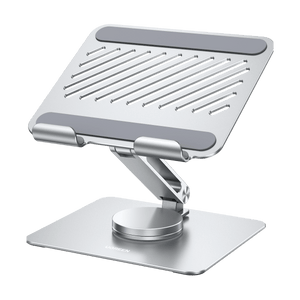Why Is My Phone Charging Slow? 10 Proven Tips to Speed It Up
Are you wondering, “Why is my phone charging slow?” This comprehensive article digs into the most prevalent causes of slow charging and offers practical strategies to improve the charging efficiency of your phone.
Key Takeaways
- Multiple Causes: Slow charging can result from a mix of hardware and software issues—from loose or improperly inserted chargers, faulty cables/adapters, and dirty charging ports to excessive battery drain by background apps and outdated software.
- Environmental Usage Factors: Charging speed is also affected by environmental conditions (e.g., extreme temperatures) and active use during charging, which can both impede efficient power transfer.
- Wireless vs. Wired: While wireless charging offers convenience, its efficiency can be lower than wired charging. Proper alignment on Qi or MagSafe-compatible pads is crucial, and wired charging generally provides faster and more consistent power delivery.
- Quality Compatibility Matter: Using high-quality, compatible, fast-charging equipment (such as wall chargers that meet your device’s specifications and certified cables) is essential to maximize charging speed and ensure battery longevity.
- Battery Health: Deteriorating battery health from natural wear, age, or even system-enabled charging throttling (like optimized charging features) can slow the charging process. Monitoring and, if needed, replacing the battery can restore performance.
- Practical Solutions: Simple adjustments—such as securely connecting chargers, cleaning ports, switching to airplane or power-saving modes, avoiding heavy use during charging, and even a factory reset as a last resort—can significantly enhance your phone’s charging efficiency.
Why is my phone charging slow and dying fast?
Slow charging can be caused by various factors, ranging from hardware issues such as broken cables and adapters to software-related difficulties such as background apps and obsolete software. Addressing these issues can improve your phone’s charging efficiency and battery life.
1. Loose or Improperly Inserted Charger
A loose connection between the charging equipment and the phone is a typical reason for sluggish charging. This can occur if the charger is not fully inserted into the phone or power source.
Always double-check that the charger is securely connected. If the phone continues to charge slowly, look for any signs of damage or debris in the USB port.
2. Malfunctioning Charging Cables or Adapter
Over time, charging cables and adapters might deteriorate. Frayed wires, bent plugs, or loose connections can significantly reduce charging capacity. What about another option? Wireless charging can help you avoid problems with faulty cables and adapters. For a comparison of wireless and wired charging, see our article “Wireless vs Wired Charging: Which is Best For You”.
Inspect your charging equipment for noticeable deterioration regularly. For maximum performance, use official or authorized charging cords and adapters.
3. Drain from Background Apps and Processes
Background apps can drain a lot of power, slowing the charging process. To find and close these apps, go to your phone’s settings, then battery, and see which apps consume the most power. Close any unwanted apps and make necessary changes to prevent them from running in the background.
4. Inadequate Power Source
Compared to a wall charger, charging from a computer or other USB ports produces less power, different USB versions and connectors offer varying power delivery capabilities, which can significantly impact charging speeds for your devices,resulting in slower charging periods.
Use a wall charger with the proper wattage for your device to charge it quickly. This guarantees that your phone’s battery receives the maximum amount of power.
{{UGPRODUCT}}
5. Declining Battery Health
Batteries degrade with time, diminishing their ability to store a charge properly. Natural wear and tear might cause slower charging and shorter battery life. In the settings, check the battery health of your phone. Consider changing the battery if its health is seriously impaired.
6. Environmental Temperature Effects
Extreme conditions can impact your phone’s battery performance and charging speed, whether hot or cold. Avoid charging your phone in direct sunshine, hot automobiles, or extreme cold. It is best to charge in a cool, temperature-controlled environment.
7. Usage During Charging
If you use your phone extensively throughout the day and don’t give it a break even while charging, it’s likely that you aren’t allowing it to rest during that time. Operating your device while it’s charging can consume a lot of resources, leading to a slower charging process.
8. Wireless Charging Limitations
Wireless chargers typically produce less power than cable ones, resulting in slower charging periods. They are, however, not damaging to the phone’s battery.
If you prefer convenient wireless charging, ensure your wireless charger for iPhone and phone support rapid wireless charging technologies.
9. Charging Port Board Problems
A faulty charging port can cause slow charging speeds. Dirt, dirt, or port damage can all obstruct the connection. Using a gentle, dry brush, gently clean the charging port. Seek expert help if the condition persists.
10. Software Updates
In some cases, outdated software can create charging and battery performance concerns. Maintain the software on your phone. Battery performance enhancements and bug fixes are frequently included in software upgrades.
11. Dirty Charging Port or Cable
Dust or debris accumulating in the charging port or cable can disrupt the charging process. Clean the charging port and cord regularly using a dry, soft brush or a burst of compressed air.
{{UGPRODUCT}}
12. Fast Charging Protocol Incompatibility
Modern phones use proprietary fast-charging standards like USB Power Delivery, Qualcomm Quick Charge, and Huawei SuperCharge, meaning that using a charger not designed for your device can force it into slower charging speeds. For an in-depth look at how incompatible protocols can impact your device’s performance, check out our detailed article “Why Your iPhone Won’t Charge with Android Cables!”.
13. System-Enabled Charging Throttling
Some manufacturers intentionally slow charging speeds via software updates to preserve battery longevity. For example, iPhones activate “Optimized Battery Charging” to reduce wear, while Samsung’s “Protect Battery” feature caps charging at 85%. Check your battery settings to disable these features temporarily.
14. USB Cable/Port Version Mismatch
Older USB-A ports or non-E-Marker cables limit power delivery even when paired with high-wattage chargers. USB 2.0 cables max out at 18W, while modern USB-C cables with E-Marker chips support up to 240W. Always use cables rated for your charger’s maximum output.
15. Multi-Device Charger Power Sharing
Multi-port chargers split total wattage across connected devices. A 100W charger might deliver only 45W per port when charging two phones simultaneously. Prioritize single-device charging for maximum speed.
17. Wireless Charger Misalignment
Qi and MagSafe wireless chargers require precise alignment with your phone’s coil. Even a 15-degree misalignment can halve charging efficiency. Magnetic alignment accessories or cases with alignment guides help maintain optimal positioning.
18. Motherboard Power Management Failure
Physical damage or liquid exposure can corrupt the power management IC on your phone’s motherboard, causing inconsistent charging speeds. Symptoms include fluctuating battery percentages or sudden shutdowns. Professional repair or motherboard replacement is often required.
Tips Tricks for Accelerating Your Phone’s Charging Process
Are you still upset about “why is my phone charging so slow?” Here’s what you should do! These practical solutions can substantially reduce the time it takes to charge your phone.
1. Use a fast charger and quality charging cable
Use a fast charger and a high-quality charging cable compatible with your phone to ensure rapid charging. These chargers and cables are designed to transmit more power more efficiently, cutting charging time dramatically.If you’re looking for a reliable and powerful charging solution, I highly recommend checking out the Gan charger!
Check for compatibility with the specifications of your smartphone to avoid any harm and obtain optimal charging speeds.
2. Use a wall charger
Wall chargers are often more effective for speedier phone charging than USB connections on PCs or car chargers. They provide more power output, ensuring your phone receives the most power it can safely handle.
Use a wall charger that matches your phone’s maximum charging standards for the quickest results. This method not only expedites charging but also preserves the health of your phone’s battery.
3. Close apps and processes/ Turn off Connectivity Features
Close unneeded apps and processes on your phone to speed up charging. Active applications use power, which slows down the charging process.
Disabling connectivity capabilities such as Bluetooth, Wi-Fi, and mobile data can minimize power consumption, allowing your phone to charge faster. This method not only speeds up charging but also helps to extend the battery life and general performance of your phone.
4. Enable airplane mode/ Power Saving Mode
Using airplane or power-saving modes can drastically reduce the time it takes to charge your phone. These modes minimize energy usage by limiting background processes and reducing wireless connectivity.
As a result, your phone has more power to devote to charging. Calls, messages, and internet access are restricted while in airplane mode, but the trade-off is a far faster recharge. This is an excellent method to use when you need a quick power increase.
5. Avoid using your phone while charging
Avoid using your phone while it’s plugged in to charge it faster. Activities that consume power at the same time, such as browsing, gaming, or watching movies, can drastically slow down the charging process.
This not only increases charging time but may also put a strain on the battery. Leaving the phone idle while charging guarantees that the charger’s power is directed toward charging the battery, resulting in a faster and more efficient charge.
6. Charge your phone in a cool, dry place
Charging your phone in a cool, dry area can improve charging speed and protect the health of your battery. High temperatures might cause the battery to overheat, slowing charging and perhaps causing long-term harm.
You may prevent overheating by keeping the phone in a colder environment, allowing the battery to charge more efficiently and safely. This method not only expedites charging but also helps extend your battery’s overall lifespan.
7. Remove the phone case
Taking off your phone’s case while charging can accelerate the process. Phone cases, incredibly thick or insulated ones, might cause the device to retain heat. Excessive heat might impede charging and even compromise the battery’s health.
Removing the case allows for improved heat dissipation, which keeps the phone cooler and allows it to charge more efficiently. This simple step can significantly impact how quickly your phone’s battery recharges. Click to read more: How to cool your phone while charging.
8. Restore your phone to factory settings
Restoring your phone to factory settings may improve charging speed in some cases. Phones amass data and background operations over time, impacting overall performance, including charging efficiency.
A factory reset clears them, correcting any software faults causing the charging process to slow down. However, because it erases all data, this should only be used as a last resort. Make a backup of vital data before performing a factory reset to improve your phone’s charging capabilities.
How to factory reset your phone(Android):
- Open the Settings app.
- Go into System.
- Select Reset options.
- Tap on Erase all data (factory reset).
- Tap on Erase all data.
- Enter your PIN.
- Confirm by selecting Erase all data.
9. Replace your battery
If the charging pace of your phone has slowed over time, consider replacing the battery. Batteries deteriorate with usage and age, resulting in poorer efficiency and slower charging. A fresh battery can increase overall performance by restoring the previous charging pace.
Make sure the battery is compatible with your phone model before replacing it, and consider having it replaced professionally to ensure safety and efficacy. This can be a low-cost solution to revitalize an aging phone and extend its usability.
10. Upgrade your phone
If you’ve tried all other options and your phone is still charging slowly, it’s time to consider an update. Newer phone models frequently include enhanced charging technologies and longer battery life, allowing faster and more efficient charging.
Upgrading your phone can also result in more remarkable performance, new features, and a more enjoyable overall user experience. While this is a more expensive solution, it addresses charging concerns and improves your contact with the latest technological breakthroughs.
Myths about phone charging
There are some common misunderstandings about phone charging. Here are some common misunderstandings:
Misunderstanding 1: Using a high-power charger for a low-power phone can speed up charging. Using a high-power charger for a low-power phone can cause significant damage to the battery, so this practice should be avoided.
Misunderstanding 2: Frequent charging will accelerate battery aging. Modern phone batteries have been optimized, and there is no need to limit the number of charging times deliberately.
Misunderstanding 3: New phone batteries must be activated by fully discharging and then charging. Modern phone batteries no longer need activation. For the first charge, just fully charge it.
Misunderstanding 4: Charging overnight can keep the phone charged all night. This is unnecessary, as overcharging can keep the battery at total capacity, accelerating battery wear and tear.
Misunderstanding 5: You can use any non-original charger head and charging cable after the original charger is broken. This can easily lead to inefficient charging, affecting charging speed, posing a safety hazard, and causing danger.
Misunderstanding 6: Charging the phone in high-temperature environments or keeping it there. Charging the phone in high temperatures can cause significant heating and thermal stress, affecting charging efficiency, and electronic products at high temperatures are prone to fires.
Misunderstanding 7: Charging the phone while using it is bad for the battery. Charging while using the phone simultaneously can cause significant heating and thermal stress, posing a safety hazard.

